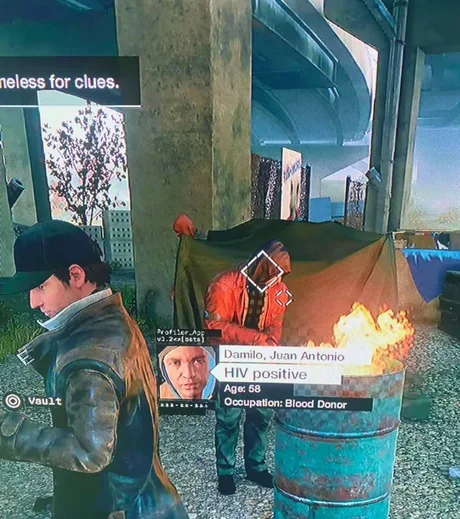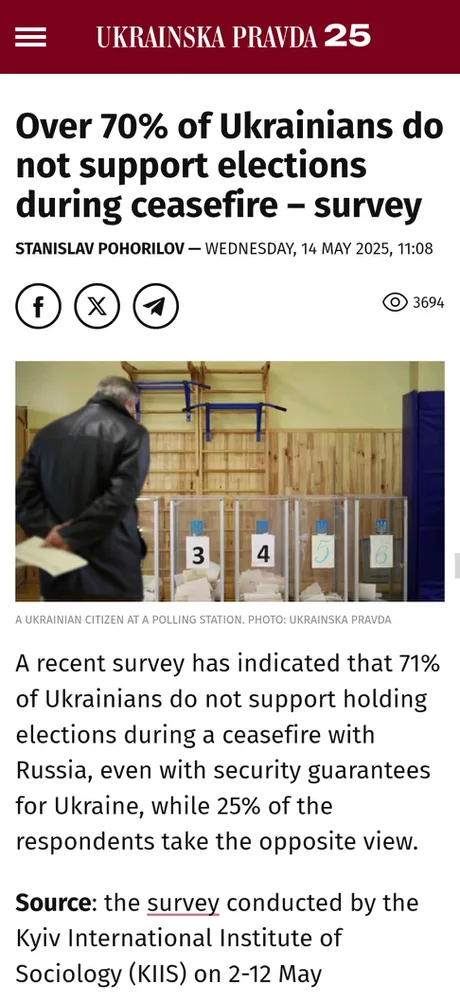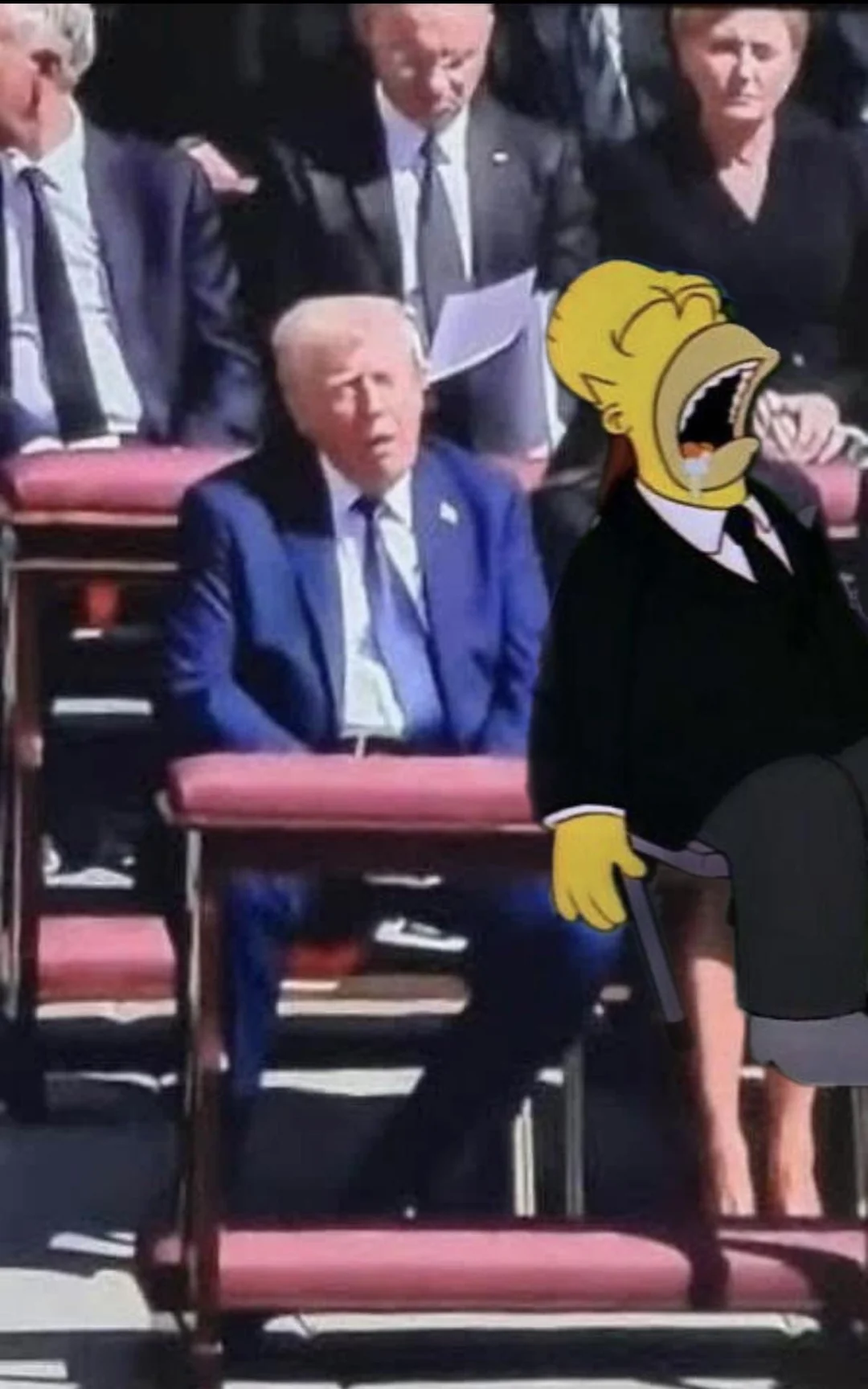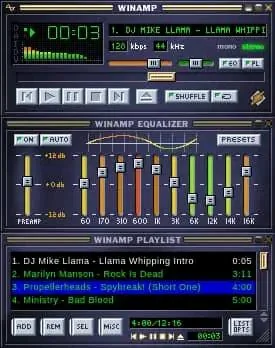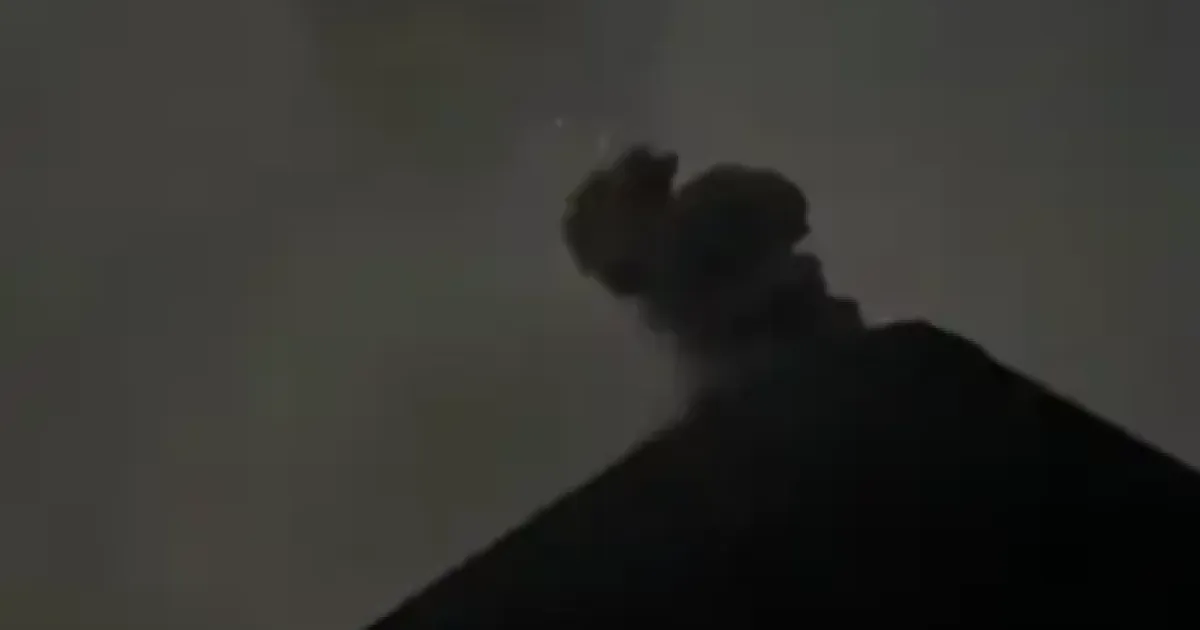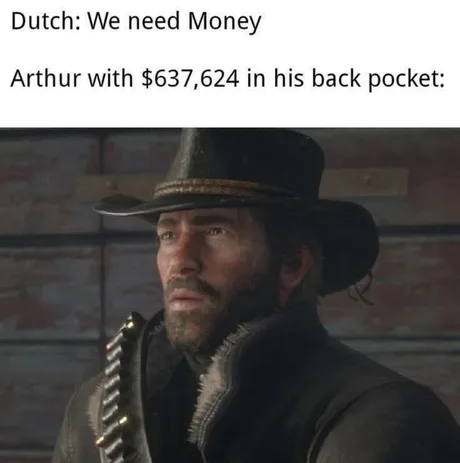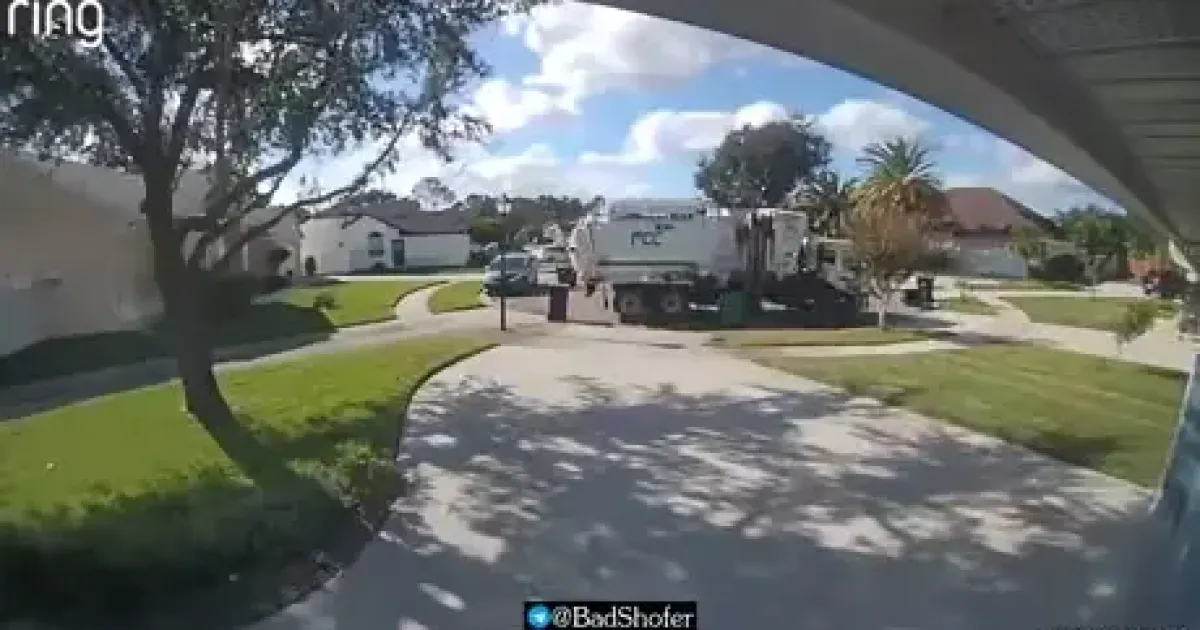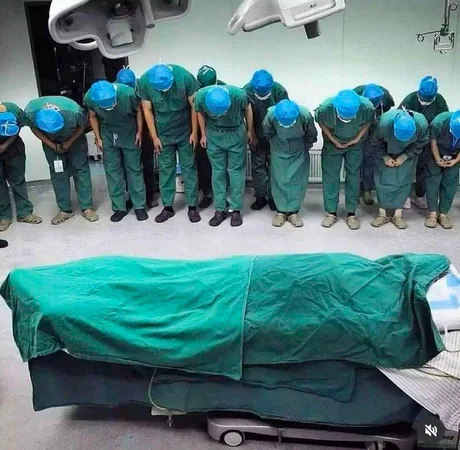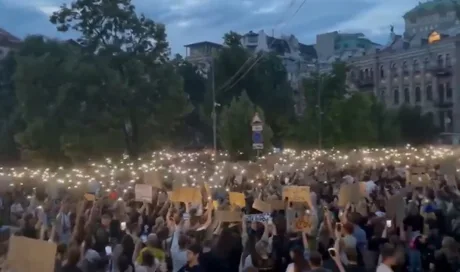
Great Everything each Connecting & One Hubs Now.
I am mobilizing the masses from my Global Civil Society community to hold a large demonstration in the U.S, the choices are only 2, namely the U.S. Government immediately embargo Israel regarding the increasingly brutal Genocide against the Palestinian people, or we demand that Trump as a Zionist Israeli stooge be immediately impeached!!! and also remove all Jews who fill positions in the U.S. parliament. and I am also restoring my web forum, "maskugacerita" 👈 search for this keyword in all browsers & search engines, you will definitely find it. because many of my websites have operational problems, and some are forced to shut down. so I switched to building & gathering my community circle hubs on my web forum.
#news #community #update #global #unite #revolution #palestine #GCSC #endtimes #prophecy #civilsociety #ww3 #GreatReset #bunker
Read More...
